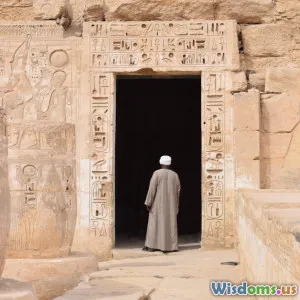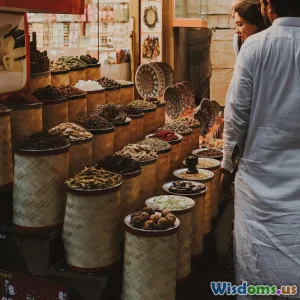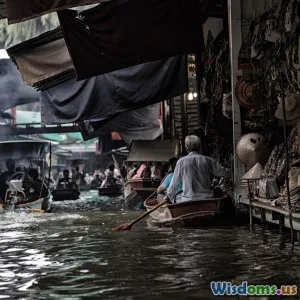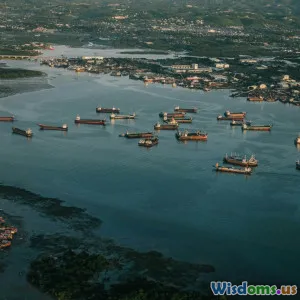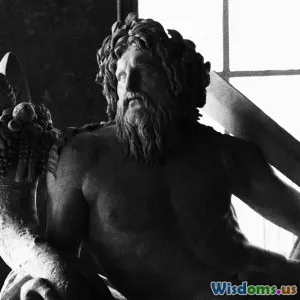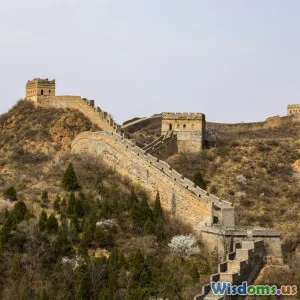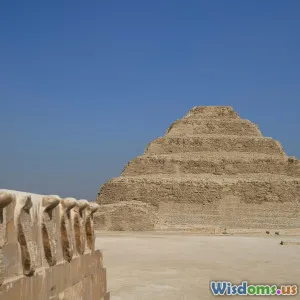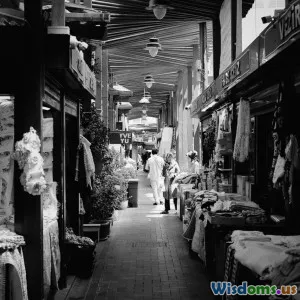
Clues Textiles Give Us About Ancient Marketplaces
15 min read Discover how ancient textiles unveil the dynamics and scope of historic marketplaces worldwide. (0 Reviews)
Clues Textiles Give Us About Ancient Marketplaces
The echoes of vibrant trading centers, whirring looms, and bustling merchants reverberate through the vestiges of ancient textiles. These woven relics not only drape the figures of history but also illuminate the economies, social hierarchies, trade routes, and values of ages past. Textile remains, from the coarse linen of ancient Egypt to the shimmering silks that traversed the Silk Road, offer compelling clues about the markets and societies that produced, sold, and cherished them. Unweaving the stories within their fibers enables us to reconstruct the economic landscapes of civilizations long gone.
Threads that Transformed: Textiles as Cornerstones of Trade
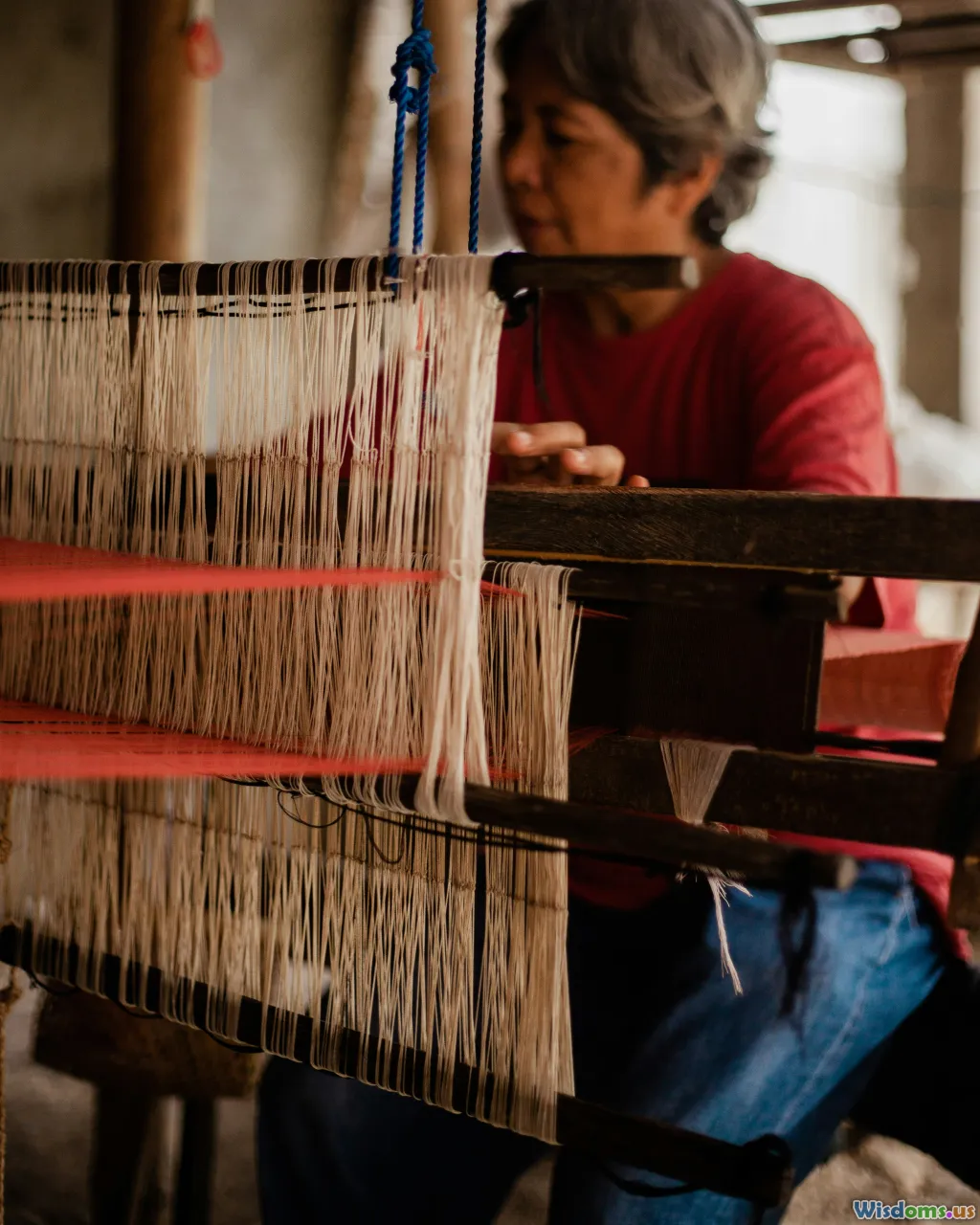
Imagine the lively markets of Babylon, bustling Agora of Athens, or silent, wind-scoured silks unearthed from an abandoned caravanserai in Central Asia. Across eras and regions, textiles were not merely mundane goods—they constituted a backbone of ancient trade and a litmus test for a marketplace's vibrancy.
For instance, the Mediterranean region, famed for its purple-dyed Tyrian cloth, became synonymous with luxury and status. The purple hue, derived painstakingly from thousands of murex snails, contributed to extreme scarcity and value. In marketplaces from Phoenicia to Rome, such fabrics were flaunted by elites but remained tantalizingly out of reach for many. Not only does this showcase market segmentation but also paints a vivid picture of ancient economic inequality and branding.
The Silk Road epitomizes the role of textiles as international currency. Chinese silk, as glittering and mysterious as the civilization that produced it, was exchanged for gold, ivory, glass, and spices in vast transcontinental markets, transforming global commerce. Archaeological finds—like silk fragments in Egyptian tombs or Indian cotton in Roman ruins—reveal these long-distance patterns, mapping the invisible threads that connected disparate peoples and economies.
Looms and Labor: Decoding Production and Specialization

Examining the construction of textiles tells us much about the structure of labor and craft specialization in marketplaces. The typology of fabric—spun wool, linen, hemp, and later, cotton and silk—reflects the ecology, innovation, and division of labor at the market's heart.
Ancient Babylon showcased thriving weaving industries, with workshop models documented in cuneiform tablets. These texts, combined with surviving fragments, detail how organized groups of workers—typically women—produced cloth in both domestic and proto-industrial settings. This evidence challenges the stereotype of household-only production and instead points to early specialization and state-controlled workshop economies.
In contrast, Egypt's famed linen sector depended on the Nile's ecological rhythms and was structured around temples and estates, attesting to the intertwining of economy and religious institutions. Abundant depictions in tomb murals, like those found in Thebes, illustrate complex workshop hierarchies—spinners, dyers, weavers—each reflecting varying access to skill, resources, and authority within the market structure.
Markets, Money, and the Social Fabric
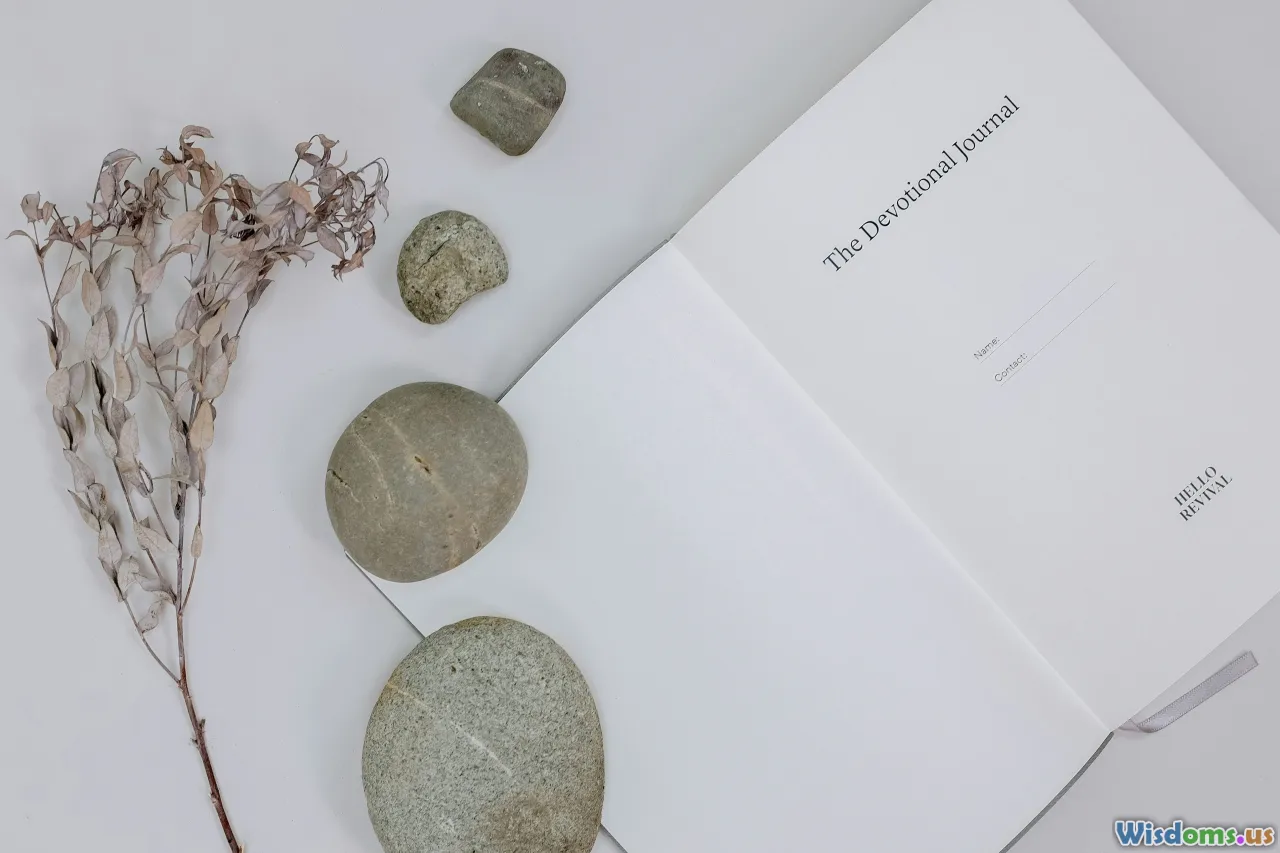
Who bought, sold, and wore historical cloth? Surviving textiles often reflect more than sartorial preference—they map out a social economy. For instance, Roman sumptuary laws regulated who could wear what, and subsidized local industries by limiting foreign imports, showcasing how textiles could define and reinforce power relations.
Textile currency existed in many societies. In pre-Columbian Peru, finely woven garments called qompi were offered as tribute and used for bartering, their value set by quality and labor hours invested. In West Africa, strips of indigo-dyed cloth formed part of bridewealth and trans-Saharan trade, indicating that market value often lay in fabric.
Beyond individual wealth, textiles often held communal or ritual value, exchanged as part of life-cycle ceremonies or religious rites. At bustling markets—think the agora in Athens or bazaars of Gandhara—merchants displayed regional wares, customers compared thread counts by touch, and deals were sealed not only with coins or beads, but sometimes with bolts of fabric itself.
Patterns and Provenance: Deciphering Trade Routes

Textiles act like passports, chronicling the movement of technologies, people, and luxury. Analytical techniques from radiocarbon dating to dye analysis have made it possible to track these trajectories with finesse.
The sudden appearance of Chinese silk in Han dynasty Mongolia and Parthian Persia, for instance, points to the opening of Silk Road corridors around the second century BCE. Subtle similarities between some motifs found on Anatolian carpets and Persian silks spotlight the crossover of artistic influences shaping both markets and design.
Similarly, the presence of Indian cotton textiles in Roman sites, such as Fustat in Egypt, tells of both maritime trade (the "Periplus of the Erythraean Sea" documents such exchanges) and consumer preference shifts over time. Woven motifs—like the recurring grapevine pattern shared between late Roman and early Byzantine textiles—help “reverse engineer” which networks linked which ancient markets.
Tools of the Trade: Analyzing Materials and Technologies

Knowledge about ancient marketplaces is enriched by the material evidence left behind: the tools used to spin, dye, and weave. Each artifact speaks to local innovation and the complexities of supply chains.
Take spindle whorls—found from the Indus Valley to the European Bronze Age—they indicate both scale and specialization of spinning techniques. Evidence of standardized loom weights at certain archaeological sites infers regulated workshops, possibly aligned to city, palace, or temple economies.
Dyestuffs, too, reveal routes and rarity. Madder root and woad in Europe and India, kermes insects in the Levant, cochineal from pre-Columbian Mexico: their scarcity influenced prices and consumer access. Analysis of residues offers direct evidence of market diversity. Chemical profiling has traced Mediterranean purple dye back to the Phoenicians, indicating interlinked producer and seller marketplaces spanning hundreds of miles. Tools are thus silent witnesses of production scale, labor deployment, and technological advancement in commerce.
Decay and Discovery: How Textile Fragments Are Unearthed
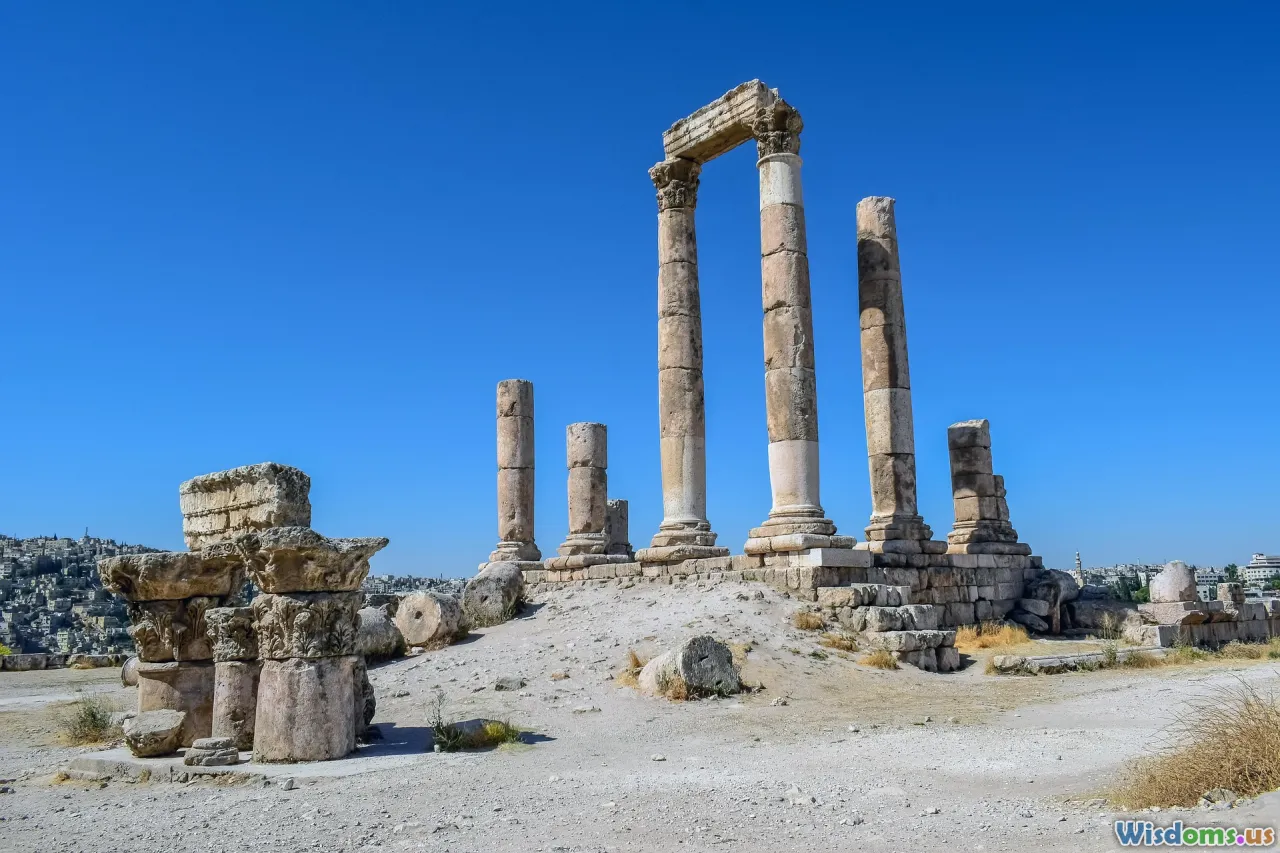
Since textiles are perishable, it is remarkable that any have survived at all. Their discovery, preservation, and analysis provide a window not only into ancient marketplaces, but into everyday life and cultural meaning.
Arid environments—like those in Egypt or the Tarim Basin—are especially conducive to preservation. Egyptian burial wrappings and Central Asian funerary garments serve as time capsules, each thread encapsulating the tastes and trade interactions of ancient markets. The dry caves of Qumran, for example, yielded linen textiles contemporaneous with the Dead Sea Scrolls, showcasing utilitarian production interspersed with luxury items.
Other finds result from charred remnants in urban fire layers or waterlogged sites, where lack of oxygen preserves everything from Viking wool socks to Roman military tunics. Each piece, no matter how fragmented, is catalogued and compared to known samples using weave type, color analysis, and fiber origins, methodically recreating the choices and offerings present in long-lost markets.
Textile Iconography: Decoding Motifs and Market Preferences
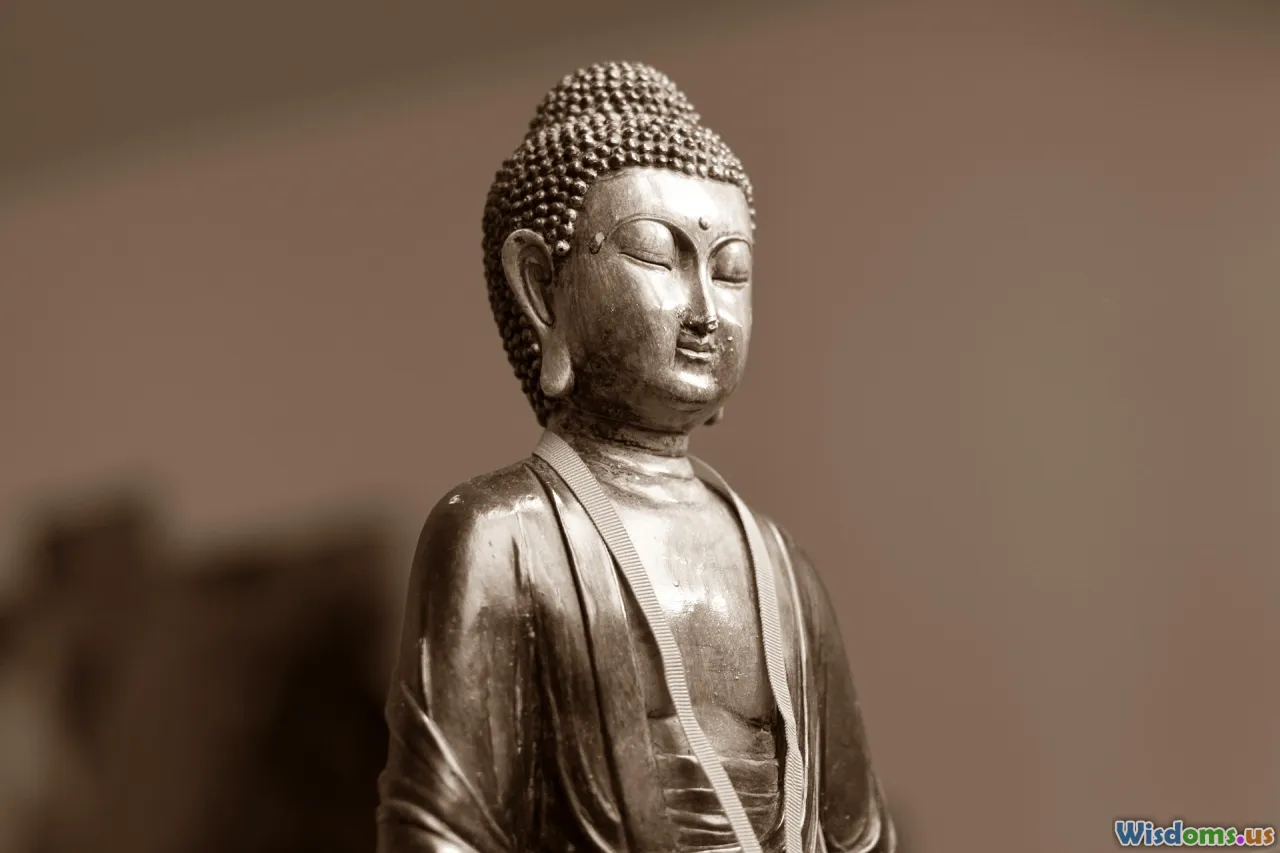
The design elements woven or dyed into ancient cloth are more than mere decoration—they encode information about taste, identity, and intermarket competition.
Take the repeating lotus and papyrus motifs that dominate Egyptian linens, evoking local faith and monarchy. Persian silks boasted hunting scenes, geometric arabesques, or Chinese-influenced cloud patterns, revealing both stylistic preferences and the sway of international demand. Analysis of market-site finds shows that certain designs surged in popularity amid increased cross-cultural contact—for instance, the spread of ‘damask’ patterns from Byzantium to Baghdad after the 7th century.
Motifs not only marked origin but sometimes brand—a kind of proto-"label" for discerning buyers. Silk samite from Central Asia, adorned with roundels containing mythical beasts, served as visual cues signifying the fabric’s elite status. For the affluent buyer in Andalusia, owning distinctive embroidered cloth signified both wealth and worldliness shaped by competitive marketplaces.
From Local to Global: Shifting Scales of Textile Trade
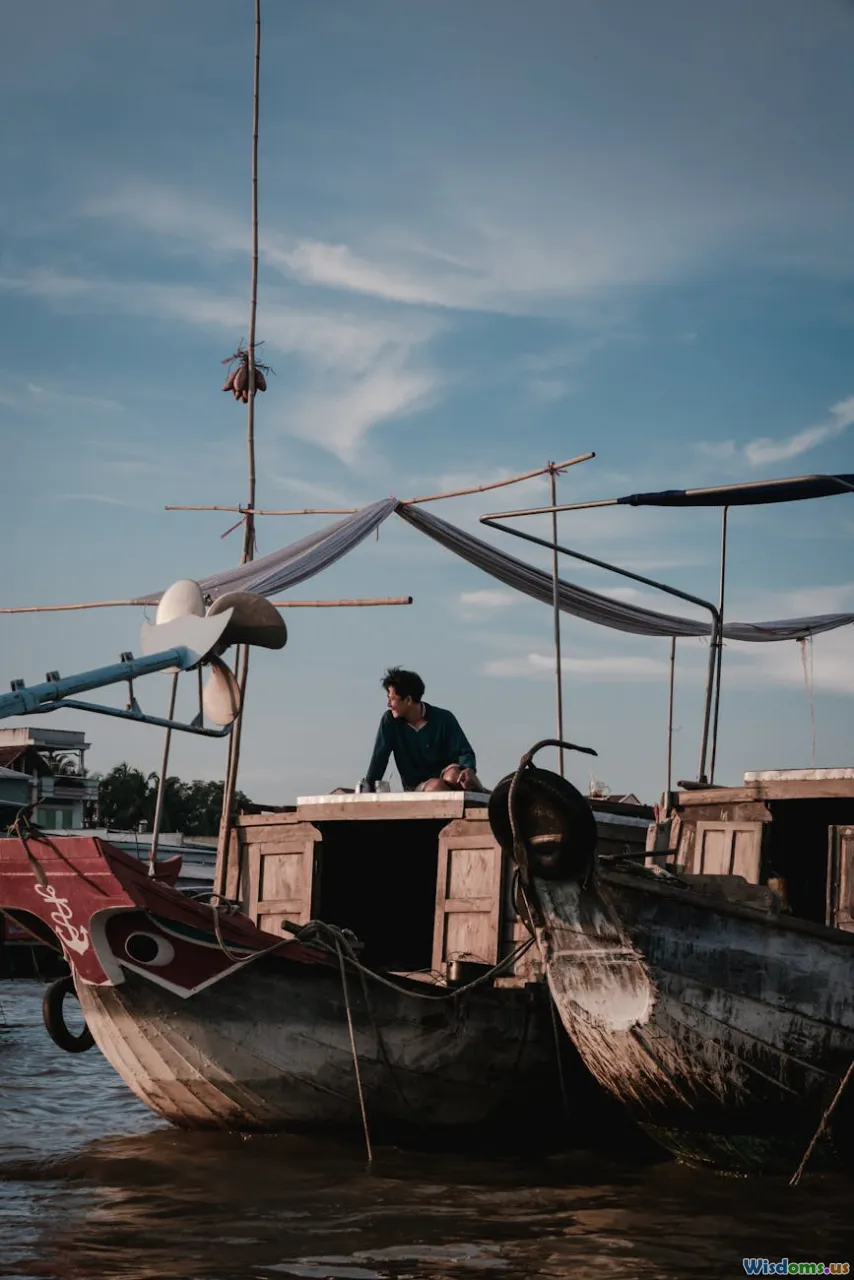
Originally, most textile markets were regional or local in scale, closely linked to agriculture or pastoralism. Over time, increased mobility sparked new dynamics.
In the Bronze Age Near East, wool and linen resided at the heart of local economies; the Epic of Gilgamesh even references market fairs brimming with garments as prized as jewelry. But by the Classical and Medieval periods, textiles grew increasingly global—traded across deserts by caravan, across seas with wind-driven ships, and later along complex networks of fairs and urban emporia.
Merchant houses in Venice, Genoa, and Cairo supplied both foreign and domestic fabrics to customers hailing from Scandinavia to sub-Saharan Africa. Textiles became an index of both globalization and the persistence of distinct market preferences; a phenomenon reflected in modern consumer economies.
Reconstruction and the Modern Imagination
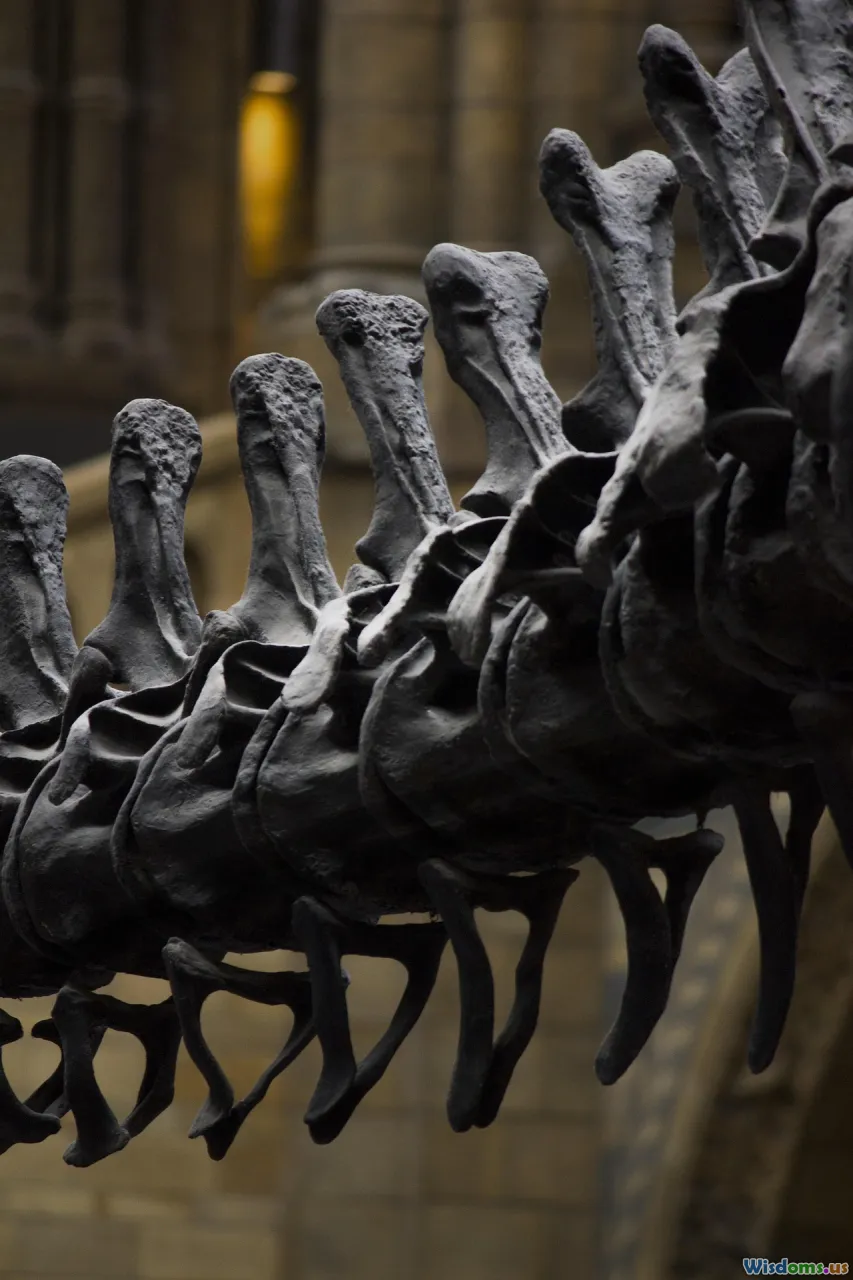
Modern techniques—CT scanning, microscopic fiber analysis, even ancient DNA from flax or sheep—are breathing new life into worn remnants. Museums reconstruct looms and dye recipes, forensic teams vet provenance, and experimental archaeologists even attempt to replicate forgotten techniques using replicas.
Public interest in ancient marketplaces finds expression in historical marketplaces and textile re-enactments. Reconstruction efforts, like reweaving Coptic tunics or rebuilding the silk-embroidered cushions of Tang Dynasty nobles, foster a tactile, immersive understanding of bygone economic worlds.
Moreover, understanding ancient marketplaces through textiles also has relevance for current ethical and sustainable fashion debates. Handspun and naturally dyed textiles, highly valued in antiquity, are echoing back into modern validation of slow fashion and local craft economies.
Every ancient textile fragment unwrapped from a burial, unearthed in a ruined bazaar, or painstakingly re-woven in a laboratory, enriches our understanding of markets, value, and exchange across millennia. The next time you run your fingers across a silk scarf or admire a woven tapestry, remember: every thread is not just a piece of clothing, but a vibrant record of human ingenuity and the bustling marketplaces that sustained civilizations.
Rate the Post
User Reviews
Popular Posts











